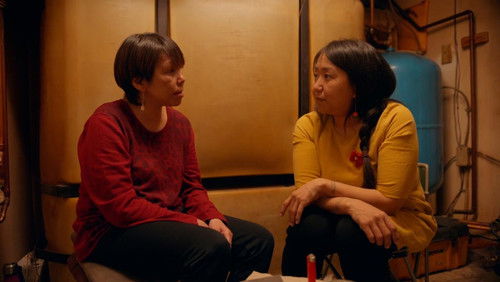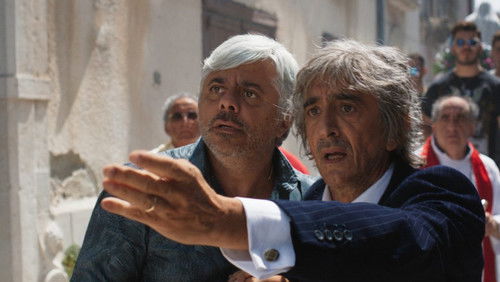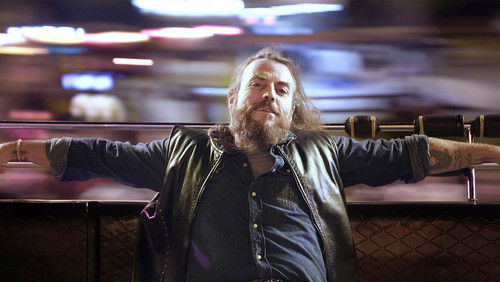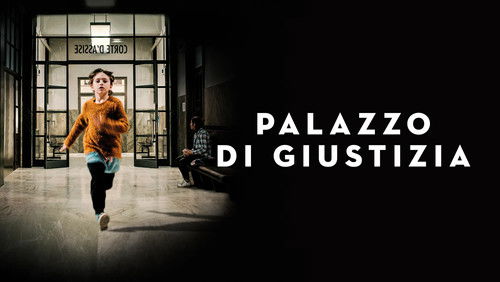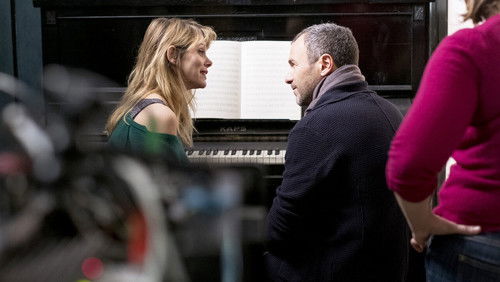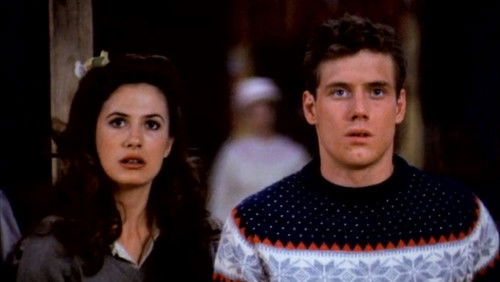Daibosatsu toge: Kanketsu-hen (1961)
66KDaibosatsu toge: Kanketsu-hen: Directed by Kazuo Mori. With Raizô Ichikawa, Tamao Nakamura, Katsuhiko Kobayashi, Kôjirô Hongô. Disguised as a beggar monk, Ryunosuke’s harrassed along the road by the rowdy members of a country dojo or fencing school malingering outside their fencing hall.
“As was the case with Satanu0026#39;s Sword 2, the third entry begins where the second one left off. A short montage gives a short summary of the story (it came 1 year after the first two, so I guess audiences had to be oriented as to what it is theyu0026#39;re watching), and then weu0026#39;re thrust headlong in yet another tale of revenge and death. Ryunosuke Tsuke is still hunted by his sworn enemy Hyoma Utsugi, whose brother he killed in the first episode. Whenever he tries to settle down and live peacefully (and such opportunities do arise), a combination of bad luck and bad kharma force him to continue on the path of self-destruction. It doesnu0026#39;t seem to make a difference whether or not he does the right thing or not. Thereu0026#39;s no stopping Ryunosukeu0026#39;s cursed fate. Just as he settles down with a young woman and her son and she genuinely shows affection for him, he has to save a young man who is accused unfairly of theft, and finds himself captured and forced to work for a corrupt official. There goes his first chance of peace. In another instance, after he flees with another woman who again seems to care for him, he murders a young girl for no reason, again upsetting the balance. In the end Ryunosuke, plagued by visions of those he killed, will face off with Hyoma in a spectacular ending.u003cbr/u003eu003cbr/u003eThere appears to be a slight mix up here. IMDb states Kenji Misumi as the director but the copy I have gives another name. Anyways, whoever helmed Satanu0026#39;s Sword 3 was smart enough to leave the ending elusive. Indeed, thereu0026#39;s no need for a definitive closure to the saga because we know that in the end it doesnu0026#39;t matter whether or not Rynosuke survives. Heu0026#39;s already in hell. And it doesnu0026#39;t matter whether or not Hyoma gets his revenge, because Ryunosukeu0026#39;s inner demons have taken care of that.u003cbr/u003eu003cbr/u003eIf youu0026#39;ve seen the previous two entries, you should know what to expect. The set pieces, costumes and cinematography are all spot on and even superior in this third entry. The final show down in the middle of a raging storm and flood is perhaps the best part of the series and gives that extra oomph to the ending. The swordfighting leaves something to be desired (still no sign of arterial sprayings), but Misumi (if he did direct the movie) was still new in the chambara game at this point and Raizo Ichikawa is no Toshiro Mifune. Itu0026#39;s still adequate though. What drives the story is Ryunosukeu0026#39;s nihilistic character and Ichikawa has made him his own by now.u003cbr/u003eu003cbr/u003eEven though the whole series as a whole doesnu0026#39;t approach the epic success of something like Lone Wolf and Cub and is nowhere near as famous as Zatoichi, theyu0026#39;re still well worth discovering by chambara enthusiasts. Good, solid entertainment with flashes of brilliance.”
